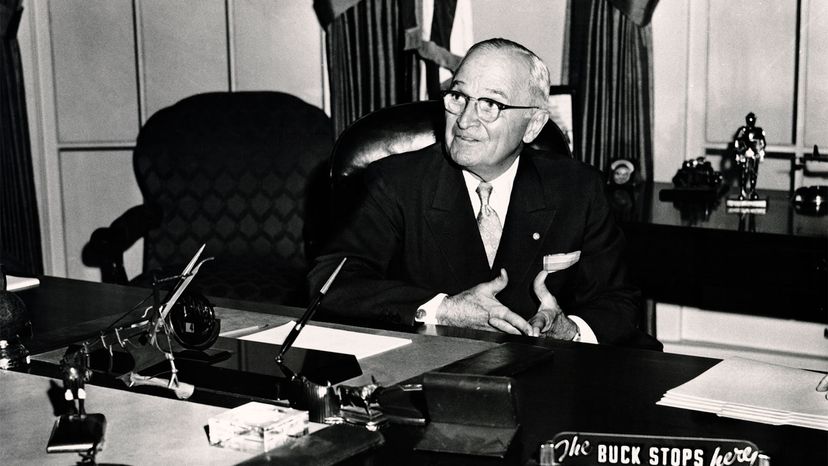Supreme Court: The Youngstown Decision

In 1952, President Truman was leading the nation through yet another war, this time in the Korean Peninsula. During war, the price of critical raw materials like steel is usually fixed [source: Paulsen]. Because the price of steel was unnaturally low, steelworkers weren't receiving their normal wages and raises. The result was a major labor dispute in the steel industry that threatened to cut off the steel supply in a time of war.
In an attempt to avoid an all-out strike, Truman brought in the Federal Mediation and Conciliation Service to strike a bargain between the steelworkers unions and management. When that failed, he called in the Federal Wage Stabilization Board, but the steelworkers rejected its recommendations [source: Contrubis].
Advertisement
On the eve of a nationwide steelworkers strike, Truman decided to invoke his presidential authority and issue an executive order for the federal government to seize control of the nation's steel mills. The mill owners immediately sued to block the seizure and the case of Youngstown Sheet & Tube v. Sawyer made it all the way to the Supreme Court.
In a 6-3 ruling, the Supreme Court rejected Truman's executive order as unconstitutional [source: Paulsen]. For the first time, the judiciary imposed a limit on executive authority, stating that the power to issue executive orders must come from an act of Congress or the Constitution itself [source: Contrubis].
In Truman's case, he had the authority to delay a strike for 60 days under the Taft-Hartley Act, a provision known as a "cooling off period." But instead, he chose to seize the mills using an executive order — an act not unlike President Roosevelt's seizures of factories and mines during World War II. Unlike Roosevelt, however, Truman was an unpopular president fighting an unpopular war, so he wasn't given as much free rein [source: Paulsen].
The Youngstown decision was critical because it established a standard for the exercise of executive power. In his concurring opinion, Justice Robert H. Jackson described three different situations and three corresponding levels of presidential authority:
- The president acts with the most authority when he has the "express or implied" consent of Congress.
- The president has uncertain authority in situations where Congress has not imposed its authority — either by inaction or indifference — and the president takes advantage of this "zone of twilight" to make an executive decision.
- The president acts with the least authority when he issues an executive order that is "incompatible" with the expressed or implied will of Congress. Such an act, wrote Justice Jackson, threatens the "equilibrium established by our Constitutional system" [source: Contrubis].
The Supreme Court rejected Truman's seizure of the steel mills because it was incompatible with the expressed will of Congress in the form of the Taft-Hartley Act.
Now let's fast-forward to look at more recent controversies over executive orders and the limits of presidential power.